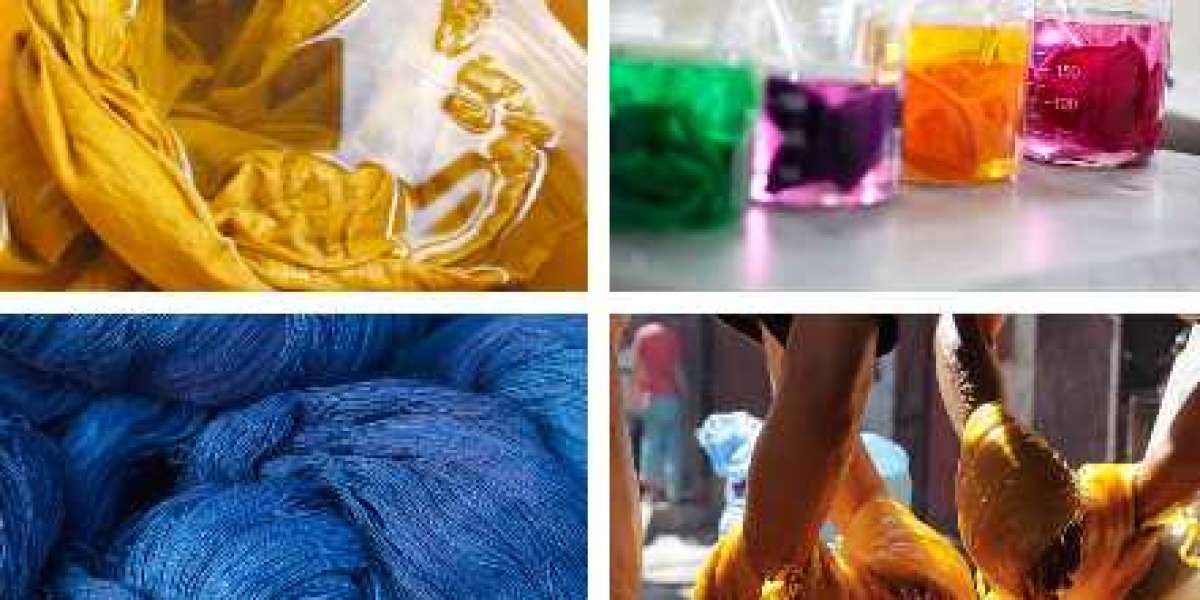Cross-staining refers to the multiple colors in the fabric sample (such as the fabric is a second-color fabric and the color shades are obviously different, or the fabric is made of fabrics of different colors) when washing, raining or sweating, etc. Cross contact of colors, causing dark parts to contaminate light parts. The phenomenon of cross-staining comes from the extensive application of contrasting colors in clothing design. Matching two or more contrasting colors, including strong color matching or complementary color matching, can achieve the effect of visual impact. The use of contrasting colors in swimwear can convey confidence, energy and individuality, and have become a choice for many swimwear designers. However, the color-contrasting design is likely to cause cross-staining problems in the fabric, resulting in a decrease in color fastness, which affects the sales and use of swimwear.
The level of cross-staining is generally required to be 4.0-5.0, that is, two or more color fabrics that are required to be matched hardly produce any staining, and even if the customer lowers the requirement to 3.0-4.0 , which is still difficult for many textile fabric manufacturers.
The unqualified items of "cross staining" or "self-staining" are often encountered in the test report, causing losses to business and production. Therefore, in the process of finding a suitable swimwear supplier, the results of the textile staining test should be used as an important indicator to measure the quality of the supplier.
How to make a cross-staining test? First sew the fabric to be tested and the stained fabric together, and then immerse one end of the fabric to be tested in water with surfactants, because of capillary effect, the dye on the fabric to be tested will rise with the water to the staining test. The degree of staining can be assessed by staining gray scale. Swimsuit fabrics have a high probability of color collision with the same material. It is recommended to avoid using the same fabric with extremely different colors in the swimsuit manufacturing process.
Contrast color is a creative design method in clothing, but the problem of cross-staining between dark and light-colored fabrics is inevitable. Using fabrics with different performances, dyeing dark fabrics with dyes with light staining, strengthening dyeing of fabrics, reducing cleaning and strengthening color fixation, formulating appropriate washing methods, etc., can minimize the impact of cross-staining.








